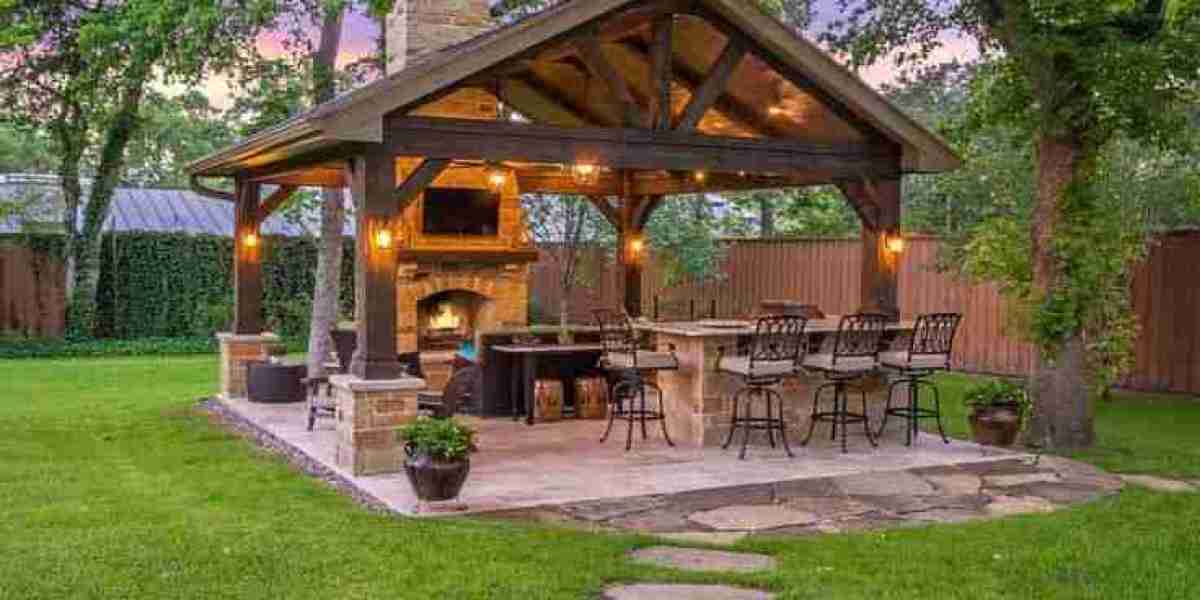When it comes to designing an outdoor deck, one of the most important decisions you'll make is selecting the right material. The material you choose will influence the deck’s appearance, durability, maintenance, and overall cost. Whether you're building a new deck or replacing an old one, understanding the various deck materials available will help you make an informed decision. This guide will explore the most common deck materials and their advantages and disadvantages to help you choose the best option for your needs.
1. Pressure-Treated Wood
Overview
Pressure-treated wood is one of the most popular materials for decking due to its affordability and natural appearance. It is made from wood that has been chemically treated to resist rot, decay, and insect infestation, making it a durable option for outdoor use.
Advantages
- Affordability: Pressure-treated wood is relatively inexpensive compared to other decking materials.
- Natural Look: It retains the classic wood appearance, which appeals to homeowners who prefer a traditional or rustic aesthetic.
- Easy to Work With: Pressure-treated wood is easy to cut, shape, and install, making it a popular choice for DIY projects.
Disadvantages
- Maintenance: It requires regular sealing and staining to maintain its appearance and prevent weathering over time.
- Durability: While resistant to rot, pressure-treated wood can still warp, crack, or splinter if not properly maintained.
- Environmental Impact: The chemicals used in the treatment process may not be eco-friendly, although some newer treatments are less harmful.
2. Composite Decking
Overview
Composite decking is made from a blend of wood fibers and plastic. It’s a low-maintenance alternative to wood, combining the look of natural wood with the durability of plastic.
Advantages
- Low Maintenance: Unlike wood, composite decking does not require staining, sealing, or painting. A simple cleaning is enough to keep it looking good.
- Durability: Composite materials are resistant to rot, splinters, and insects, making them a long-lasting choice for outdoor decking.
- Variety: Available in a wide range of colors, textures, and styles, composite decking can mimic the appearance of real wood or offer a more modern look.
Disadvantages
- Higher Initial Cost: Composite decking tends to be more expensive than pressure-treated wood.
- Heat Retention: Some composite materials can get very hot in direct sunlight, making it uncomfortable to walk barefoot during the summer months.
- Limited Recyclability: Though it’s made from recycled materials, composite decking is not always fully recyclable at the end of its lifespan.
3. PVC Decking
Overview
PVC (polyvinyl chloride) decking is made entirely from plastic. It is similar to composite decking but does not contain any wood fibers, making it a 100% synthetic option.
Advantages
- Maintenance-Free: PVC decking requires no staining, sealing, or painting, and it’s easy to clean with soap and water.
- Durability: PVC is resistant to moisture, rot, and insects, making it one of the most durable decking options.
- Eco-Friendly Options: Some manufacturers offer recycled PVC decking, which can be a more environmentally friendly choice.
Disadvantages
- Price: Like composite decking, PVC can be more expensive than traditional wood.
- Limited Aesthetic Variety: While it comes in various colors, PVC decking lacks the natural wood look that some homeowners may prefer.
- Susceptibility to Scratches: PVC decking is more prone to scratching compared to composite or wood decking.
4. Hardwood Decking
Overview
Hardwood decking includes premium woods like teak, ipe, and mahogany, which are known for their natural beauty and exceptional durability.
Advantages
- Aesthetic Appeal: Hardwood decks offer a luxurious, elegant appearance with rich colors and unique grain patterns.
- Longevity: Many hardwoods are extremely dense and durable, making them highly resistant to wear, insects, and rot.
- Natural Option: Hardwood decks are a more sustainable option if sourced responsibly.
Disadvantages
- High Cost: Hardwood decking is one of the most expensive decking materials.
- Maintenance: Although durable, hardwood requires regular maintenance, including cleaning and oiling, to preserve its appearance and protect it from the elements.
- Weight: Hardwood is heavy, which can make installation more difficult and labor-intensive.
5. Aluminum Decking
Overview
Aluminum decking is a strong and durable material that has become increasingly popular due to its long-lasting properties and low maintenance requirements.
Advantages
- Durability: Aluminum decking is impervious to rot, insects, and moisture, and it doesn’t warp or crack over time.
- Low Maintenance: It requires minimal maintenance—just occasional cleaning.
- Lightweight: Despite its strength, aluminum is lightweight, which makes installation easier.
Disadvantages
- Cost: Aluminum decking can be more expensive than wood or composite options.
- Heat Retention: Like composite decking, aluminum can heat up in the sun, making it uncomfortable for bare feet during hot weather.
- Limited Color Options: Aluminum decking typically comes in fewer color choices compared to composite or wood options.
Conclusion
Choosing the right deck material depends on your preferences, budget, and the level of maintenance you're willing to commit to. Pressure-treated wood is a cost-effective option, while composite, PVC, and aluminum offer low-maintenance, long-lasting alternatives. Hardwood decking adds beauty but comes with a higher price tag and greater maintenance needs. Ultimately, each material has its pros and cons, so weigh your options carefully to build a deck that suits your needs and enhances your outdoor space for years to come.




